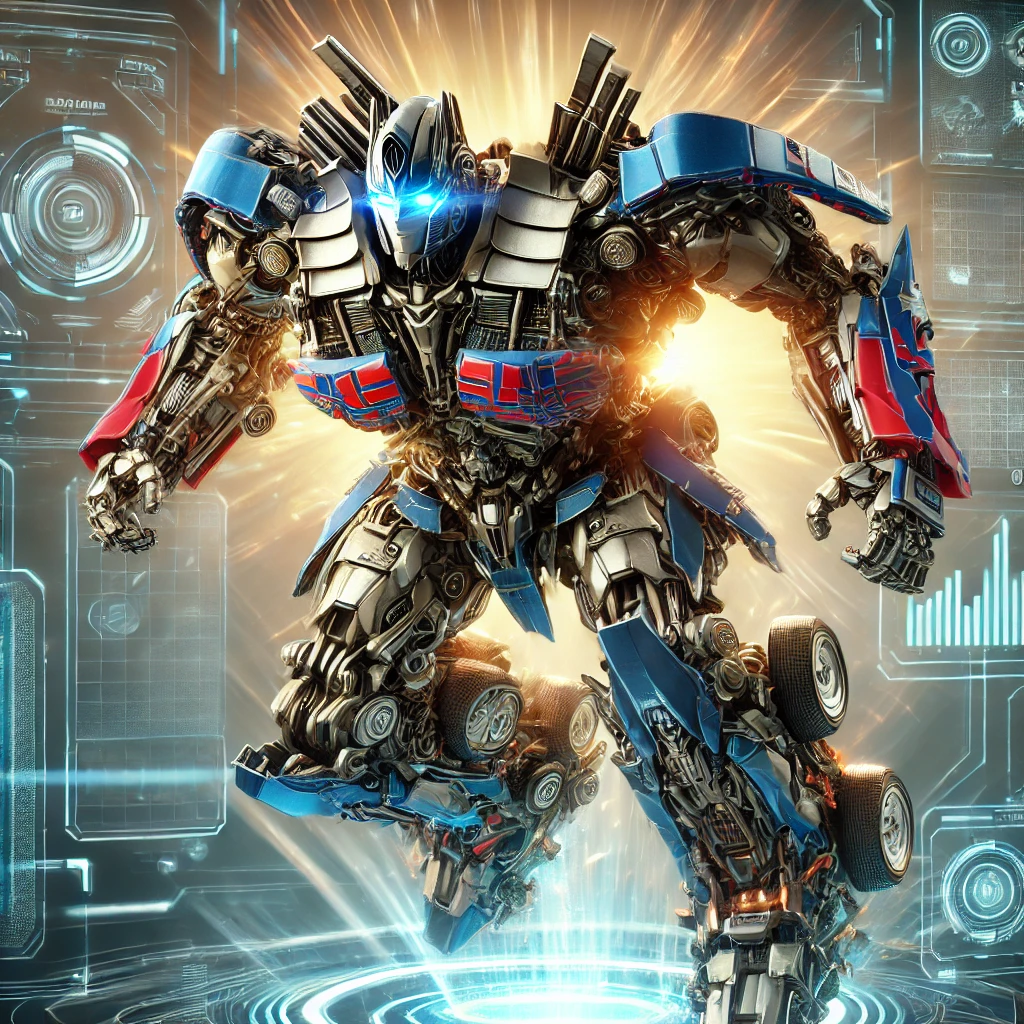About how modern robots help children develop critical thinking, communication and emotional intelligence
1. What is Soft Skills and why are they children
Flexible skills are what helps a person communicate, adapt and effectively solve problems in different situations. They are no less important than academic knowledge. Thanks to the appearance interactive robots-toys , children can develop such skills from an early age - in the process of a fun game.
2. Critical thinking: learn to think, and not just remember
Many modern robots ask children questions, offer problems solving or ask to make a choice. This forms the ability to reason, analyze information and make your own decisions.
For example, a toy may ask:
- "If you have three apples and two bananas, which is more?"
So the child does not just repeat, but thinks and compares.
3. Communication skills: the first dialogs with the machine
Interactive robots know how to listen and answer. They support dialogue, clarify phrases, ask questions. This motivates the child to speak more, expands the vocabulary and teaches to build coherent speech.
The toy can say:
- "Hello! Tell me how your day went? "
- “Great story! What happened next? "
Such interaction develops confidence and communicative skills.
4. Emotional intelligence: understanding feelings - both their own and strangers
Some toys react to the mood of the child and simulate emotions: they can “be sad”, “rejoice” or “laugh”. This helps children learn to recognize feelings and express them correctly.
Example:
- “You look tired. Let's rest a little? "
The child learns to be attentive to himself and others.
5. Responsibility and independence
Toys can remind of the daily routine, ask for help with tasks or offer joint activity. This teaches the child to plan his time, follow the instructions and be more organized.
Example:
- “Now is the time for charging! Do you want to make it with me? "
This creates a feeling of partnership, not pressure.
6. Creativity and imagination
Some toys give children the opportunity to come up with actions, voice acting or plot themselves. This develops creative thinking, imagination and the ability to independently expression.
A child can, for example, make a script for a fairy tale, teach a robot to dance or choose a “character” for him.
7. Universal development tool
Robots-toys combine several directions at once: training, game, communication and emotional development. They become not just toys, but real assistants in the upbringing of a confident, thinking and open child.
8. Conclusion
Modern interactive toys are not just mechanical fun. They help children study through the game, while developing the most important skills for life. Critical thinking, communication, empathy, responsibility and creativity - All this can be instilled not through boring lessons, but through fun and lively interaction with a smart robot


